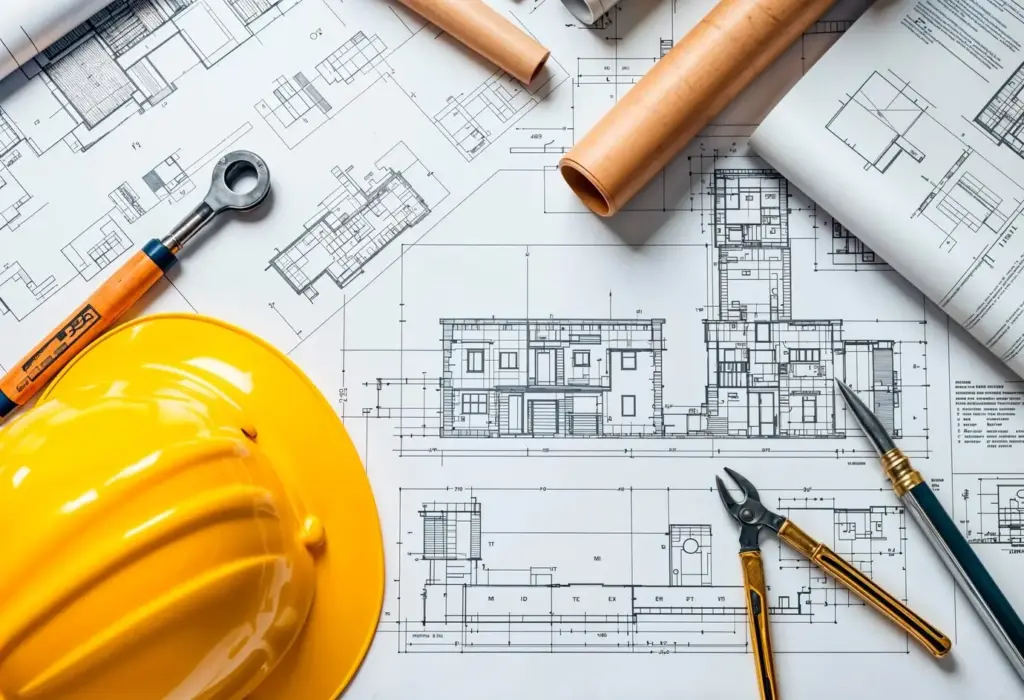Build Smart: Your Roadmap Through Rules That Shape New Homes

See the Whole Board Before You Move
What Comes Before the Blueprint
Before sketches become drawings, study comprehensive plans, zoning maps, setbacks, easements, overlays, floodplains, and nearby precedents. Call the planning desk, ask about constraints and opportunities, and request guidance documents. A single morning of research can prevent purchasing the wrong lot, misplacing a driveway, or choosing a footprint that triggers costly variances or design revisions later.
Reading Zoning Like a Local
Zoning code terms hide practical truths. Learn how districts like R‑1 or R‑2 set density, height, floor area ratio, lot coverage, and frontage. Overlay districts may alter setbacks or materials. Confirm whether accessory dwelling units, short‑term rentals, or home occupations are allowed. Never rely on hearsay; confirm interpretations in writing with staff when stakes are high.
Permits You Will Likely Need
Most projects need more than a building permit. Expect separate reviews for grading, erosion control, right‑of‑way access, driveway cuts, tree removal, septic or sewer connections, wells, stormwater, electrical, plumbing, and mechanical systems. Understand required sequencing, because one agency’s approval may unlock another’s review window, saving calendar time and preventing frustrating circular dependencies.
Navigating the Permit Process

Crafting a Persuasive Findings Statement
Most jurisdictions require findings showing practical difficulty not self‑created, consistency with the comprehensive plan, and minimal impact on neighbors. Build your case with photos, surveys, shadow studies, and drainage analyses. Propose mitigation where needed. A calm, factual narrative, aligned to adopted criteria, earns trust and increases the chance of approval.
Community Outreach That Builds Goodwill
Neighbors can make or break discretionary approvals. Share storyboards, privacy sections, and traffic data before hearings. Listen, document concerns, and incorporate workable tweaks on lighting, landscape screening, or construction hours. Follow up in writing. When people feel heard, opposition softens, and decision‑makers notice your commitment to considerate, responsive design.
If the Answer Is No
Denials happen. Mark appeal windows immediately, gather the record, and consult counsel on standards of review. Sometimes a modest redesign, alternate siting, or phasing resets momentum without litigation. Keep relationships professional; today’s opponents may be tomorrow’s partners during inspections, utilities coordination, or emergency approvals after unexpected weather events.
Inspections, Certificates, and Closeout




Ethics, Sustainability, and Long-Term Stewardship
Environmental Reviews Without Fear
Designing for Neighbors and Future Owners
Keep Records Like a Pro


